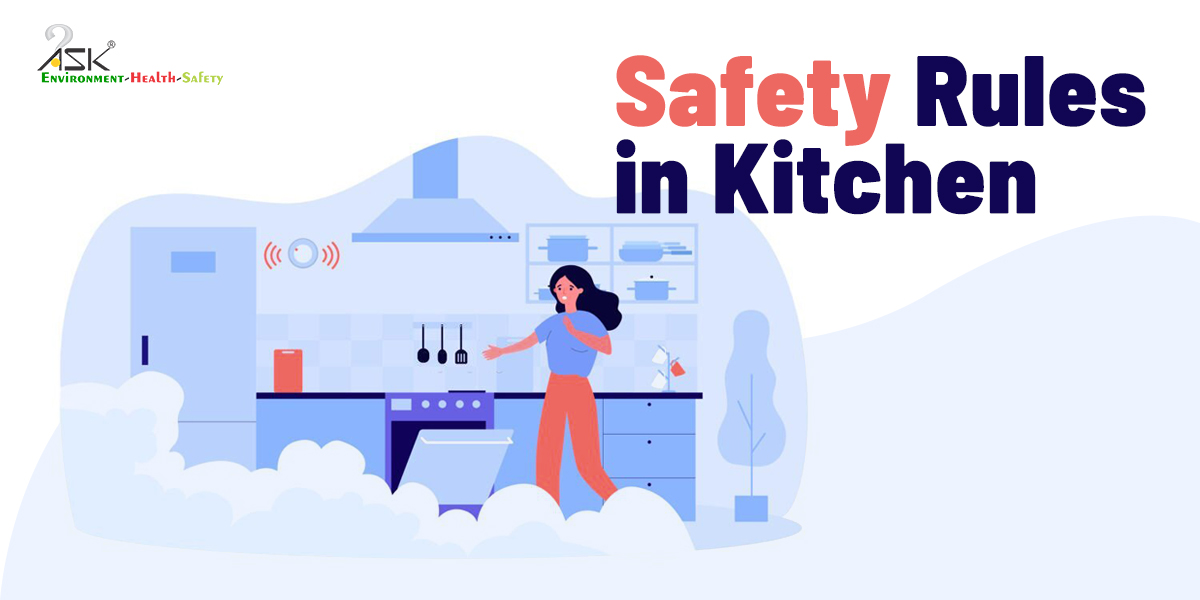How habits define a safety team

Even when we walk out into the lobbies of the organization, we often find the organizational values displayed on the walls. To reframe company values into tangible habits, focus should be more on aligning them on a day-to-day basis.
We are now in the age where we are moving from simply listening the intellectual talks to executing them on the daily basis. One example that can be taken is transparency – this can be reinforced via daily visibility onto the regular tasks at the workplace via analytics and safety software, appropriate trainings to boost employees.
It becomes tough to remain committed to the traditional stakeholder values, especially when the expectations are sky high – as they call in for foresight, bold strategies, agility and resilience. In a hectic and demanding environment, it is important for the manager to build their own sets of cues, routines and rewards, to help consolidate habits into actions.
Software that hold high level capabilities enable efficient planning and smoother operations – especially while notifying the relevant authorities and taking approvals. In 2021, organizations are spending more time reflecting. In times of big step changes, a big portion of the workforces are rethinking personal and professional objectives.
Consistency remains vital for habit formation. In the early stages of developing a habit, momentary lapses can erode the behavior — when a worker ducks onto the production floor to run an errand without a hardhat “just this once,” then skipping PPE becomes a possibility in their mind. For building firm habits, one needs to enforce adherence without exception, and that too, in the early days of development.
Health and safety efforts should focus more on identifying candidates who make decisions aligning with the company’s core habits, by giving trainings that focus on the thinking process, instead of the results achieved.
We invite you to answer these three questions to help define your safety team –
- What is the purpose of the team or the industry? Does it inspire?
- In case you had to reinforce your habits specifically, how can they be defined?
- What can be done differently tomorrow for such habits across the teams?
To implement such habits, the right thing becomes to support their teams and enhance and their job satisfaction, resisting the siren call that compels them to become more authoritative. One can think of habits as mental shortcuts. They allow people to navigate the constant flow of everyday life – all the small choices that are part of it, while they conserve the mental energy for the most important decisions.
Some general safety habits at a workplace include –
- Everyone is comfortable reporting unsafe working conditions up the chain of command
- Everyone who is required to wear PPE is wearing it the right way—and it fits properly
- Everyone knows where safety equipment is located
- Everyone who handles heavy objects uses proper lifting and carrying techniques
- Everyone know that their organization is committed to safety at the highest levels and can see posters in the breakroom or on the job site demonstrating this commitment
- Workers use available fall prevention and fall protection when working at heights
- Workers pay close attention to what’s behind and around them when operating moving equipment



Very nice articles, useful me. Thank you